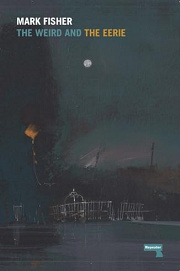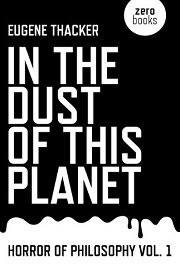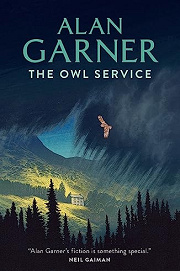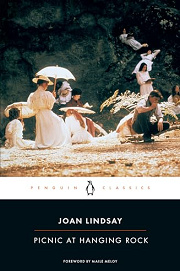Share your thoughts in a quick Shelf Talk!
The Weird and the Eerie by Mark Fisher
From haunted coastlines to cosmic strangeness, The Weird and the Eerie traces two moods that slip past the normal and into the unknown—an incisive, stylish guide to the atmospheres that make speculative fiction linger in the mind.
Have you read this book? Share what you liked (or didn’t), and we’ll use your answers to recommend your next favorite read!
Love The Weird and the Eerie but not sure what to read next?
These picks are popular with readers who enjoyed this book. Complete a quick Shelf Talk to get recommendations made just for you! Warning: possible spoilers for The Weird and the Eerie below.
In The Weird and the Eerie, did you enjoy ...
... the philosophical probing of the “weird” and “eerie” as modes of reality?
In the Dust of This Planet by Eugene Thacker
If Fisher’s distinctions between the weird’s intrusion and the eerie’s agency of absence lit you up—like his readings of Tarkovsky’s Stalker and the deserted spaces in The Shining—you’ll appreciate how Thacker pushes those ideas into philosophy proper. In the Dust of This Planet meditates on a world-without-us, echoing Fisher’s riffs on the “unexplained presence” in works like Nigel Kneale’s The Stone Tape and the impersonal forces in Lovecraft. It’s a thinking companion that channels the same chill of concepts acting on us, rather than the other way around.
... the forensic logic of unseen rules shaping everyday spaces?
The City & The City by China Miéville
Fisher’s fascination with invisible structures—those Overlook corridors that feel watched, or the prohibitions that make the Zone in Stalker so menacing—finds a perfect fictional mirror here. In The City & the City, Inspector Borlú polices two overlapping cities whose citizens must “unsee” each other, a civic eeriness that rhymes with Fisher’s analyses of rules you feel but can’t name. If you loved how Fisher made absence and social ritual feel like entities, this procedural of enforced blind spots will grip you.
... folklore breaking into the present and ordinary settings turning uncanny?
The Owl Service by Alan Garner
Fisher’s chapter on Garner shows how myth can seize a place and its people—plates that become owls, patterns that won’t stop repeating. The Owl Service is that idea as narrative: Alison, Gwyn, and Roger are caught in the re-enactment of the Blodeuwedd legend, with the house and valley acting like Fisher’s “eerie agencies.” If Fisher’s take on Garner’s textures—the rustle of something old reasserting itself in the modern—stayed with you, this will too.
... the bleak, impersonal horror of forces that feel outside the human?
Songs of a Dead Dreamer and Grimscribe by Thomas Ligotti
Fisher’s throughline from Lovecraft’s cosmic indifference to the chill of Nigel Kneale’s broadcasts primes you for Ligotti’s fiction, where office parks, storefronts, and polite conversations vibrate with nonhuman intent. Stories like “The Frolic” and “Vastarien” conjure that Fisher-esque eeriness—presences that don’t announce themselves, but structure your reality anyway. If the impassive spaces of The Shining and the humming emptiness of The Stone Tape fascinated you, Ligotti’s scalpel-cold tales will, too.
... enigmatic disappearances and meaning produced by what’s missing?
Picnic at Hanging Rock by Joan Lindsay
Fisher loves how an absence can be an active force—the missing explanation that makes a space feel alive. In Picnic at Hanging Rock, the sudden vanishing of schoolgirls at the rock creates exactly the kind of eerie Fisher dwells on: an event that reorganizes everyone’s behavior and beliefs, like the moral vacuum he traces in Don’t Look Now and the unsettling silences around M.R. James’ hauntings. If Fisher’s idea that the eerie is a question—“who or what is acting here?”—grabbed you, this novel is that question made haunting.
Unlock your personalized book recommendations! Just take a quick Shelf Talk for The Weird and the Eerie by Mark Fisher. It’s only a few questions and takes less than a minute.





